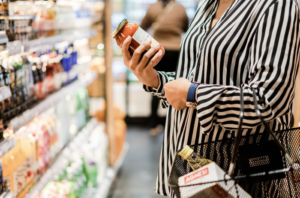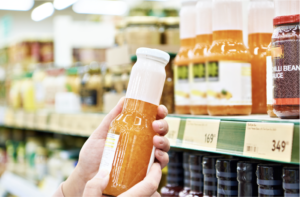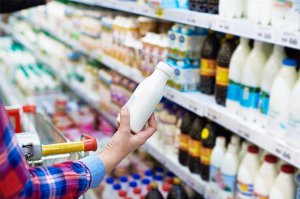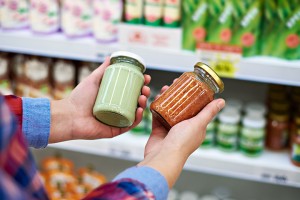Assortment Size Revisited.
How much to expect from a larger range?
Very similar impact across category types from assortment size variation
We ran a regression (a simple linear one) to evaluate the incremental reach an additional SKU offers. Across thousands of Top 10 brands each additional SKU on average gives you 0.38% more relative penetration. This number is quite similar across category types, but the biggest impact can be expected in Beverages while the impact is smallest in Food. While the average brand in either of these categories offers a similar assortment size (13 SKUs), the higher purchase frequency of beverage brands enhances the opportunity for an additional SKU to be part of a basket.
More impact from assortment the less frequently a category is purchased
The additional reach you can expect from a larger assortment varies depending on the purchase frequency of the category. The impact is strongest in infrequently purchased categories. Since brand assortment size is much smaller on average (10 in categories purchased less than 5 times per year versus 23 in categories purchased more than 10 times per year) a brand that manages to add an additional SKU to its assortment can expect a bigger impact.
More impact from range variation for smaller brands
Last week we showed that the average SKU does more lifting for large brands than for small brands (i.e. the difference in reach is larger than the difference in assortment size for large vs. small brands). However, the addition of one extra SKU is more effective for a small brand. That’s not surprising because the relative impact of such an addition on the range of that brand is much higher. The average small brand offers 8 SKUs (so 1 SKU adds more than 10% to its range) – versus 36 for the average large brand (1 SKU is less than 3% of the range).




















































































































































































































































































































































































































































